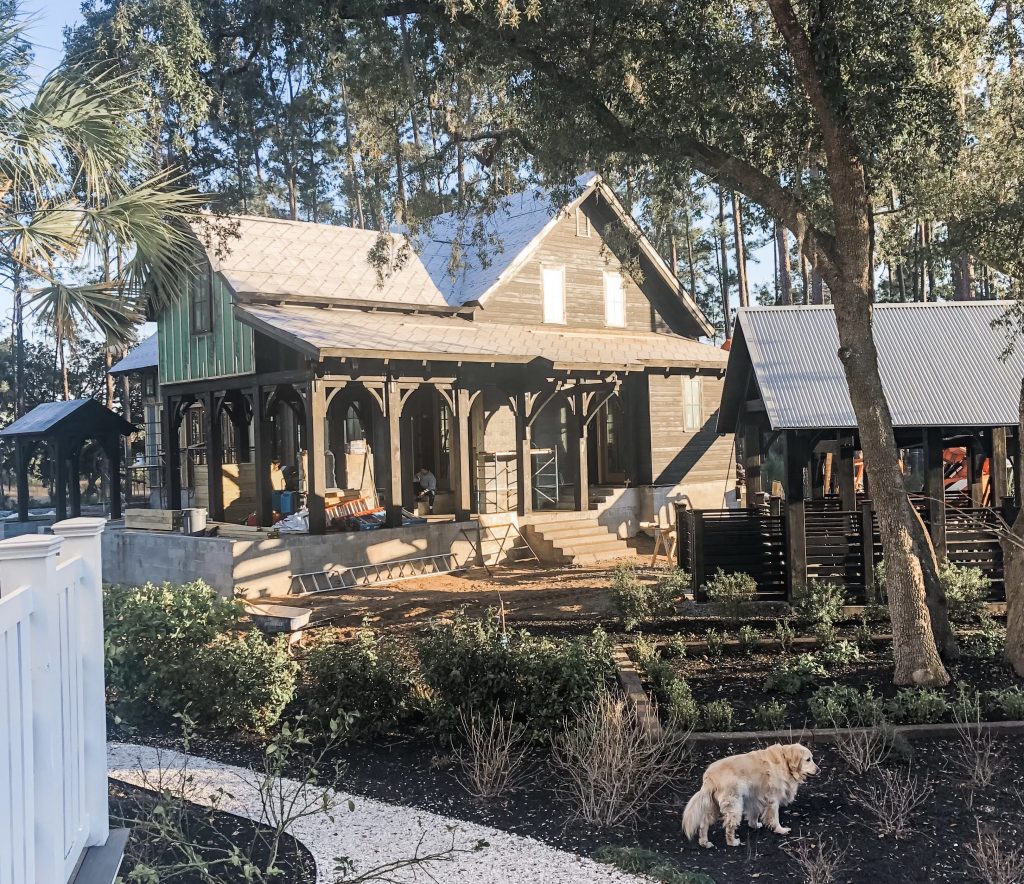
We have many new build construction projects coming out of the ground in Palmetto Bluff, the private, upscale resort community located roughly 90 miles south of Charleston in Bluffton, SC. In this region of the coastal South Carolina lowcountry, nearly every home has white shiplap siding, though a few bold colors recently appeared as builders and owners alike tire of the “sameness” of it all. When making design decisions for our own building projects, our company motto, “dare to be different,” is not often far from our minds. With a desire to be “bold” for one project in particular, a modern-style timber frame barn, we decided on black. Not just any black mind you, but that jet black, burned-cedar siding called “Shou Sugi Ban,” or Japanese Yakisugi Siding.
For those of us who are want to frequent architectural magazines, you will occasionally see a jet-black example of this ancient Japanese technique. We could not imagine a more authentic, time worn look to wrap our modern-style barn in than the striking look of Shou Sugi Ban.
So just what is it and why? Well, wood is cellulose which in itself is complex sugar. It will burn to CO2 and H20 but in the process goes through stages of caramelizing the sugars then charring as the volatile components flash off. Charcoal remains before it too combusts. Controlled surface burning followed by a water quench allows the first two stages to occur but not the last. What remains is wood with a hard, carbonaceous surface, resistant to weathering or insect attack. The surface can vary between “lightly singed” to complete “dinosaur hide.” and a host of varying degrees in between.
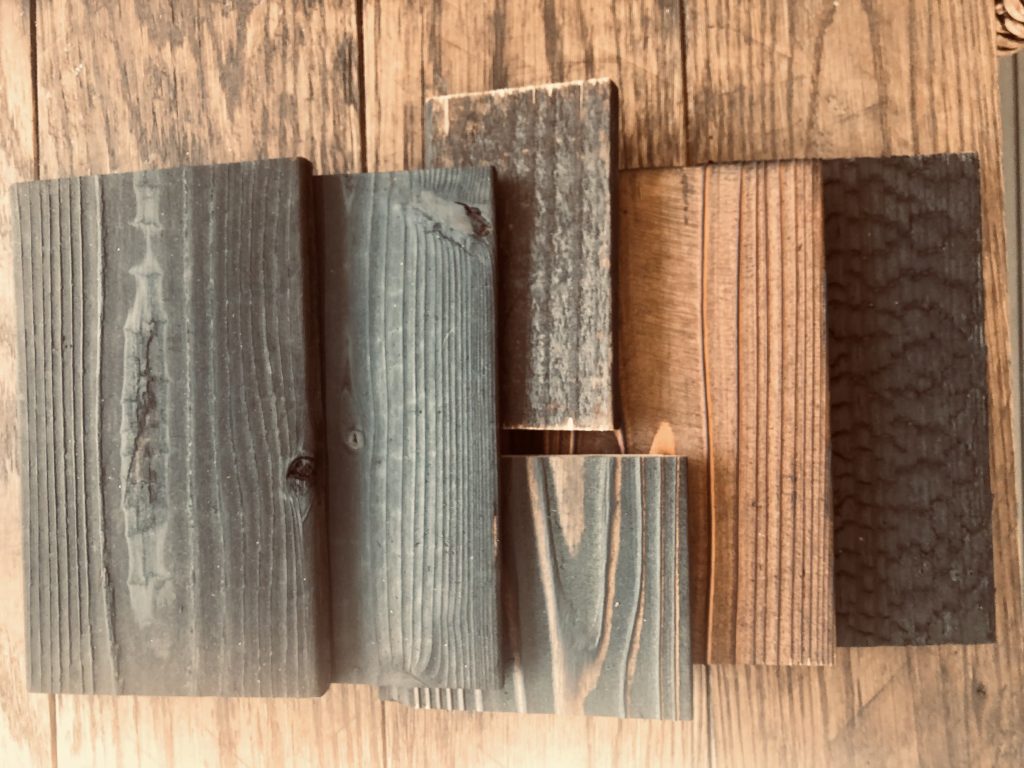
Our choice was towards the latter. It will slowly weather to a dark grey with no additional preservative or paint needed. This is an ancient, chemical-free, and environmentally friendly way of preserving wood while providing a striking exterior detail. Assuming, of course, you like black as a color.
Now one can make Shou Sugi Ban on-site if desired, from Cedar, Pine, Cyprus woods that we know of plus a few other wood species in all probability. Ample space, a propane flame gun, a water hose and a destructive attitude are all that’s needed. Indeed for smaller samples, to determine the particular look & feel we desired, that’s exactly what we did. However, when we made the final decision that this was indeed the direction we would go in, we bought the real deal for the much larger siding area on this project. We imported Japanese cedar siding from Nakamoto Forestry via the Port of Seattle.
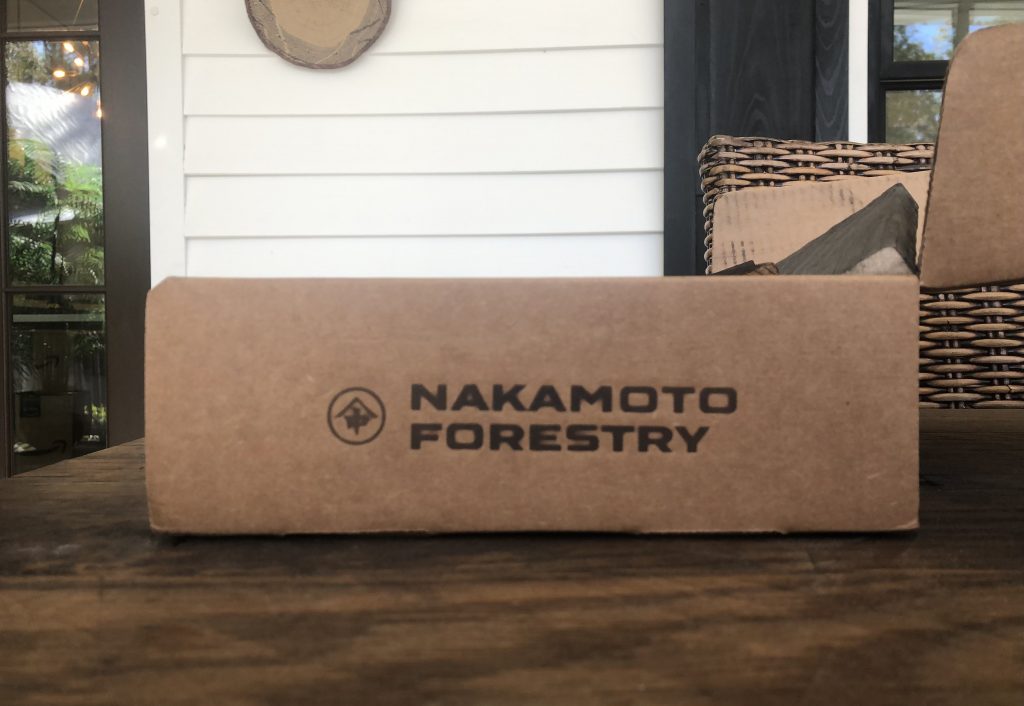
Sometimes you just have to spend a few extra dollars to get a good product. The company was overtly helpful; delivery was on schedule – though you have to plan well ahead of time. I even had the chance to practice the few stumbling words of Japanese I have in my repertoire. We also bought black anodized aluminum profiles for all corners and flashing edges, again an additional expense, but it does create a very sharp finished look to the building.
So on it went, black aluminum flashing, stainless steel, pin-headed securing nails, and best of all, acres of the blackest black siding on the darkest black of all nights. Honestly, it’s a total light vacuum and reflects nothing. With interminable attention to detail and by taking the extra time to source this authentic Japanese siding, our modern-style barn will assuredly stand out amongst many of the homes surrounding it.
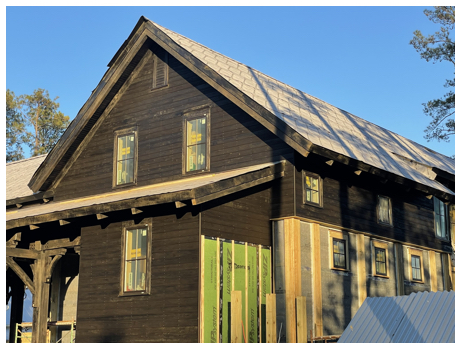
So now we know we can source it, make it by hand and fit it, tick that box. As far as I am aware, we are one of a very few custom home builders in Palmetto Bluff to have used this material though I’m sure there are more to come. The end result? Have a look for yourself at our project at 852 Old Moreland Road. Ask for our General Contractor, Ryan Hain and get a personal tour.
If you have an interest in creating your own unique home in Palmetto Bluff come and speak with our construction firm. We have a decided knack for thinking “outside the box,” and for understanding the collaborative process that comes from working with architect, builder and client.
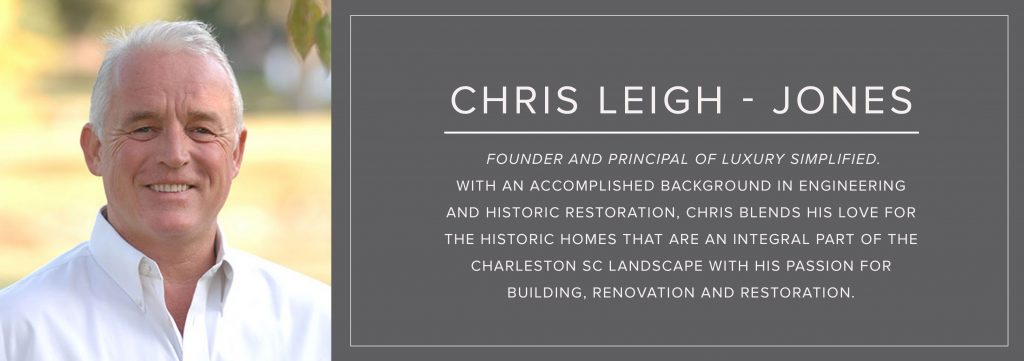
Follow this blog series:
Building in Palmetto Bluff: The Artistry of Timber Frame Construction
Building in Palmetto Bluff: Using Materials From An 1832 River Home for a Modern Barn
Building in Palmetto Bluff: Rains Came and Drainage Problems Appear
Building in Palmetto Bluff: Preventing Sources of Moisture in a Humid Climate
Building in Palmetto Bluff: A Cottage and Boathouse Come to Life
Building in Palmetto Bluff: Steps to Permitting & Site Prep
Building in Palmetto Bluff: Applying New FEMA Flood Requirements to Design
Palmetto Bluff: 4 New Builds Begin & Modern-Style Barn Design
Palmetto Bluff: Cost Estimations as a New Investment Project Begins
Interested in Learning More?
Our expert teams - from development, investment, real estate, and property management - have experienced it all and have the insight to help you along the way.
Find Out More